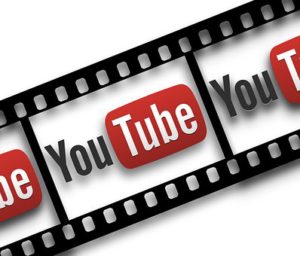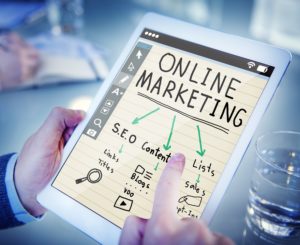The Click Experts: Your One-Stop-Shop for all your Tech Needs
Online marketing and software development encompasses many areas such as SEO, e-commerce, pay-per-click management, app development, web design, etc. Whether you’re a traditional brick and mortar shop or a digital marketplace, online marketing is the key to acquiring customers and powering sales.
In an age where everyone has immediate access to a laptop, smartphone, or tablet, your business should be visible on these mobile advertisements.
If you’re in charge of your business’s online marketing strategies, you might be juggling between hiring an online marketing firm and learning the skills yourself.
What will you do?
If you want to make a huge improvement in your marketing investment and grow your business, consider hiring the right digital professionals.
Why The Click Experts?
We’re tech professionals.
Our digital company works with different types of businesses and industries. Each business community operates differently. This exposure has helped us develop various innovative and successful advertising strategies.
We’re able to apply our industry-specific expertise to help grow your online presence. Our vast tech capabilities help us tap into your niche’s expertise and insights. We use this knowledge to build targeted and effective solutions.
Our tech expertise includes (but not limited to):
- Operating Systems
- Programming Languages
- Data Analysis
- Software Proficiency
We’re your one-stop-shop for all digital marketing and software development services.
The digital marketing campaign you run will change as it passes through different times of the year. For instance, at the start of the New Year, your focus will be on SEO and branding.
Your attention will shift towards paid advertising and social media during the festive sale and Christmas. It’s expensive to retain and manage all these professionals under a single roof.
This is where The Click Experts is your best choice.
Our team includes:
- SEO experts
- E-Commerce website development
- PPC campaign set-up and management
- Software and App development
- Onsite technicians
Our team has the expertise and skillset to seamlessly meet and exceed all your campaign objectives.
We’ve got the experience!
Digital marketing is a competitive arena where the virtual atmosphere is constantly changing. Wouldn’t you feel more confident leaving your campaign in the hands of an experienced team?
Our company has more than two decades of experience in developing, planning, and executing marketing campaigns. The Click Experts is a versatile, multi-person engine that will work in unison on your campaign.
We’ve got PPC, SEO, web development, and software development experts on our team.
We’ve got the track record to prove our skills and talents.
We’ve built a stellar reputation in our industry, but don’t take our word for it.
Check out what our customers have to say about our work!
Most of our clients are either repeat customers or referrals. In fact, we’ve got some patrons who’ve been with us for over a decade.
Now, you can see our work first-hand in Featured Projects.
Outsourcing your digital marketing and software development needs is a recipe for a flexible, cost-effective, and successful marketing campaign.
Get in touch with The Click Experts today for all your online marketing and technology needs.
 1-844-47-Click (1-844-472-5425)
1-844-47-Click (1-844-472-5425)










